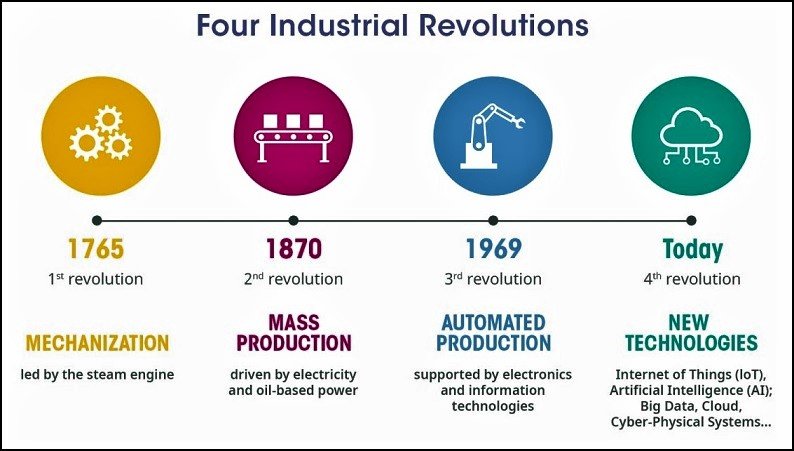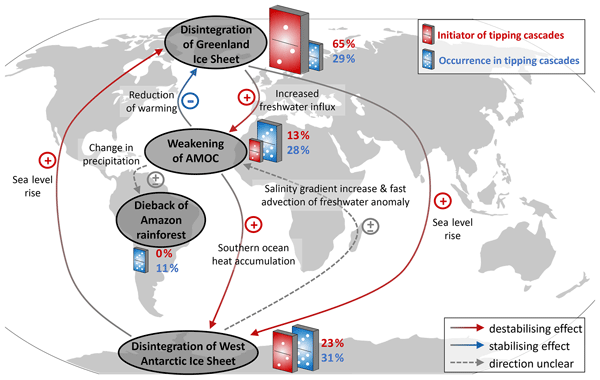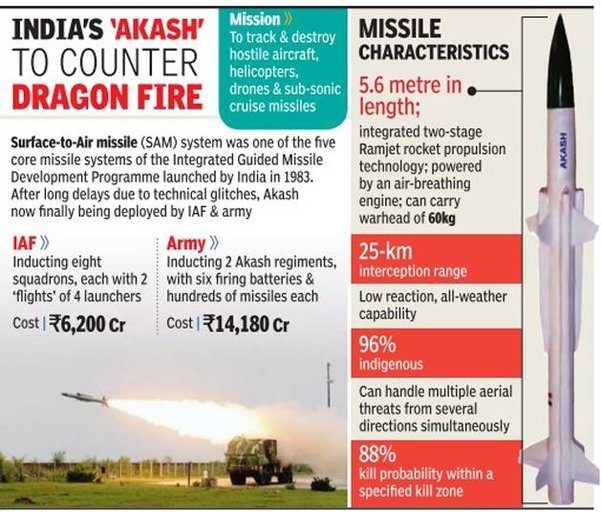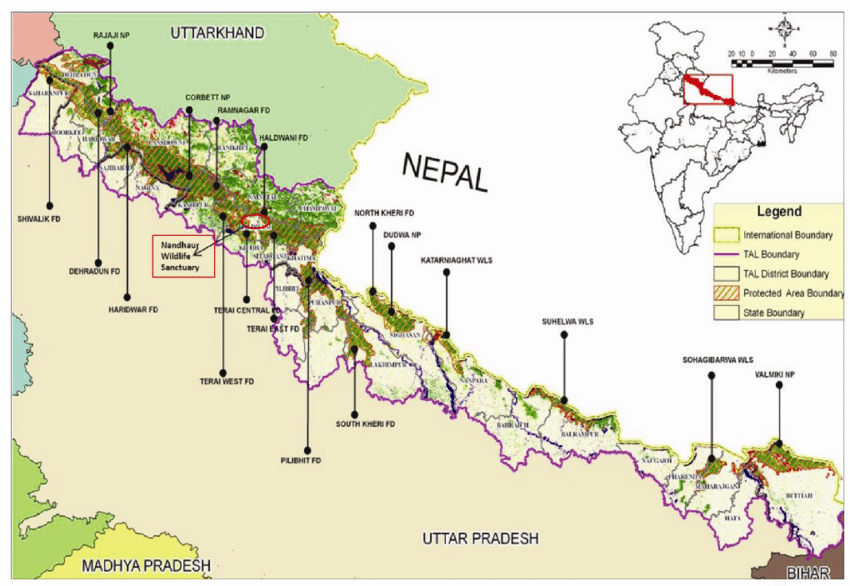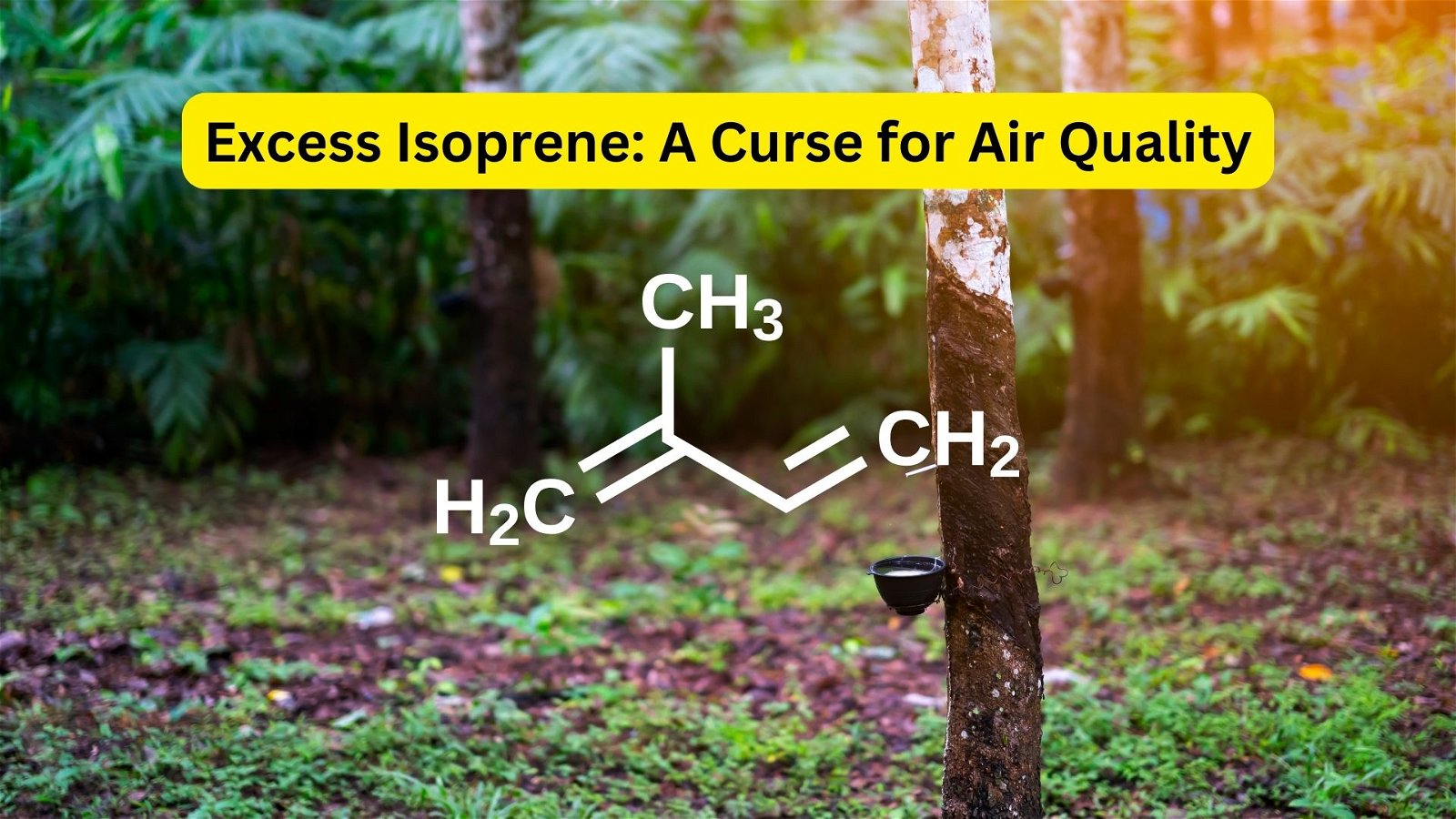
WMO’s State of the Climate report
Subscribers of "Current Affairs" course can Download Daily Current Affairs in PDF/DOC
Subscribe to Never Miss an Important Update! Assured Discounts on New Products!
Must Join PMF IAS Telegram Channel & PMF IAS History Telegram Channel
- Context (IE | DTE | DTE): On March 19, the World Meteorological Organization (WMO) released its annual State of the Climate report, which highlights significant climate trends and events.
- 2023 was reported as the hottest year on record, with multiple records broken across various climate indicators.
- These indicators include greenhouse gas levels (GHGs), surface temperatures, ocean heat, sea level rise, Antarctic Sea ice cover, and glacier retreat.
Greenhouse Gases
- GHG concentrations reached record-high levels in 2022, based on data from 1984 to 2022.
- Greenhouse gases such as Carbon dioxide, methane, and nitrous oxide trap solar radiation, contributing to global warming.
- Among these gases, the rate of increase of methane was the second highest on record and the highest on record for nitrous oxide.
Surface Temperature
- In 2023, the global average temperature was 1.45 degrees Celsius higher than pre-industrial levels, marking a record high.
- Higher GHG levels, along with El Nio occurrences, contributed to the rise in temperature.
|
Ocean Heat Content
- Oceans have absorbed about 90% of the additional heat trapped by GHGs since 1971.
- This led to a steady increase in ocean temperatures and heat content.
- In 2023, ocean heat content reached its highest level in the 65-year observational record.
Marine Heat Waves
- Warmer temperatures caused a significant increase in global ocean heatwaves, with coverage reaching 32%.
- Marine heatwaves occur when surface temperatures of a particular region of a sea rise 3 or 4 degrees Celsius above average for at least five consecutive days.
Antarctic Sea-Ice Extent
- Antarctic sea-ice extent hit a record low of 1.79 million km2 in February 2023, the lowest since satellite records began. The extent remained at a record low from June to early November.
- In September, the annual maximum sea-ice extent was 16.96 million km2, which is 1.5 million km2, well below the average from 1991 to 2020.
Glacier
- During the hydrological year 2022-2023, the world’s reference glaciers experienced unprecedented ice loss. Glaciers in North America and Europe were severely affected.
- The annual mass balance of reference glaciers reached a new low of -1.2 m w.e. in 2022-2023.
Sea-level rise
- It also reached a record high in 2023 since 1993. This is due to continued ocean warming as well as the melting of glaciers and ice sheets.
- The rate of increase went up from 2.13 millimetres per year (mm/yr) from 1993 to 2002 to 4.77 mm/yr from 2014 to 2023.
Ocean Acidification
- The ocean absorbs approximately 25% of the yearly emissions of human-produced carbon dioxide.
- leading to ocean acidification, which harms marine life and ecosystems.
- The UN IPCC reported that ocean acidity is at its lowest in 26,000 years, but regional variations exist.
- The WMO emphasises that long-term, detailed observations are crucial for understanding and addressing ocean acidification‘s impact.
Ocean acidification
pH scale
|





![PMF IAS Environment for UPSC 2022-23 [paperback] PMF IAS [Nov 30, 2021]…](https://pmfias.b-cdn.net/wp-content/uploads/2024/04/pmfiasenvironmentforupsc2022-23paperbackpmfiasnov302021.jpg)

